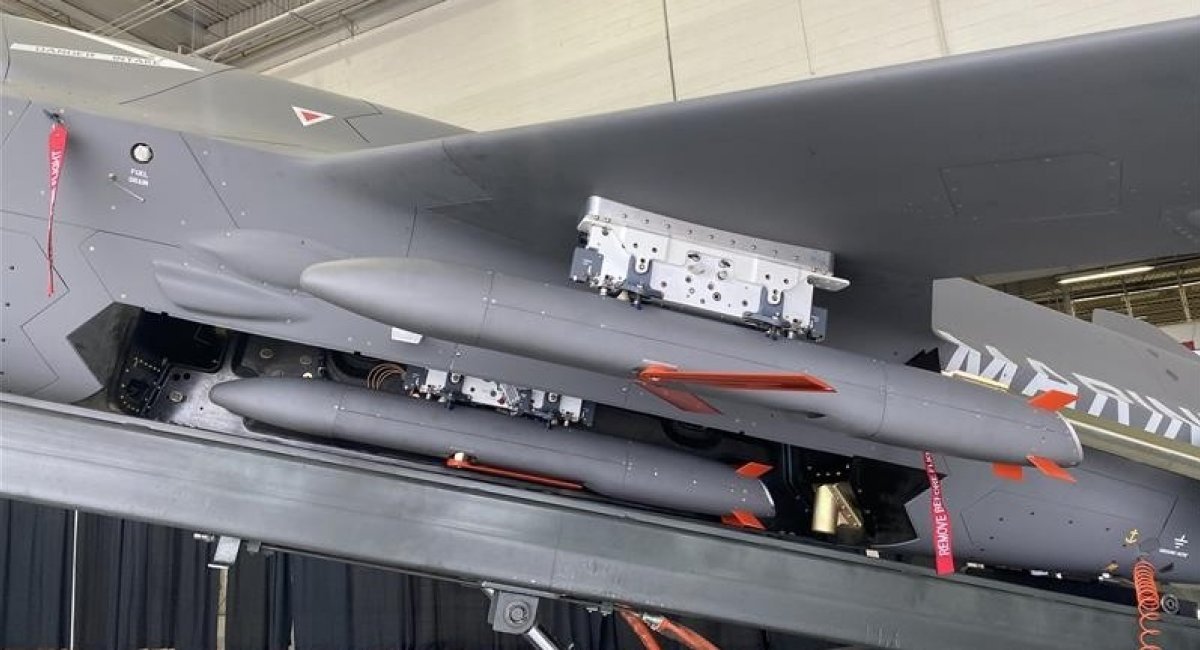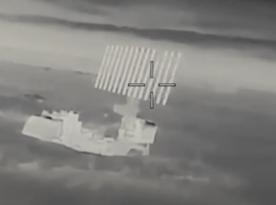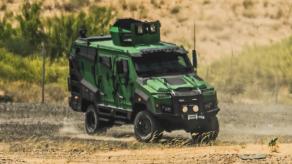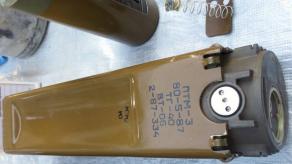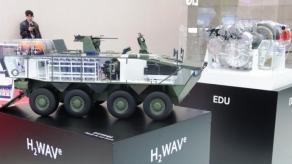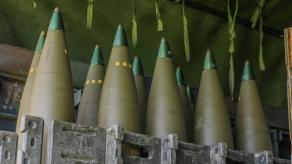The American firm Kratos Defense & Security Solutions has officially unveiled its Ragnarok LCCM. Its defining characteristics are its low unit cost and fundamental design for mass production.
Kratos estimates that with an initial order of 100 units, the cost per missile would be approximately $150,000. The company notes that this price point is designed to decrease further with significantly larger orders.
Read more: Barracuda Cruise Missile from U.S. Instead of/Together With Tomahawk for Ukraine: To Be or Not To Be
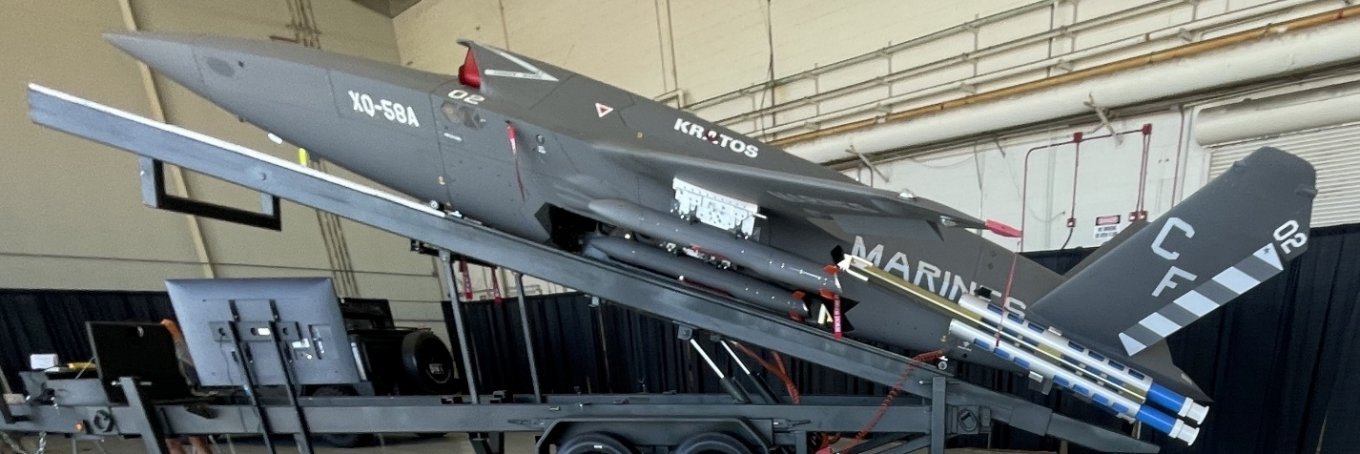
For this price, the Ragnarok is advertised as being capable of flying at altitudes exceeding 10 km and engaging targets up to 926 km away. Its stated cruising speed is approximately 857 km/h. Critically, the Ragnarok can maintain this high altitude throughout its entire flight path, only beginning to dive directly onto the target.
The Challenge to Air Defense
This high-altitude, high-speed flight profile makes the Ragnarok incredibly costly and complex to intercept. It immediately bypasses most ground-level threats, including mobile fire groups, MANPADS (Man-portable air-defense systems), cannon-based anti-aircraft artillery, and many short-range SAMs (Surface-to-Air Missile systems).
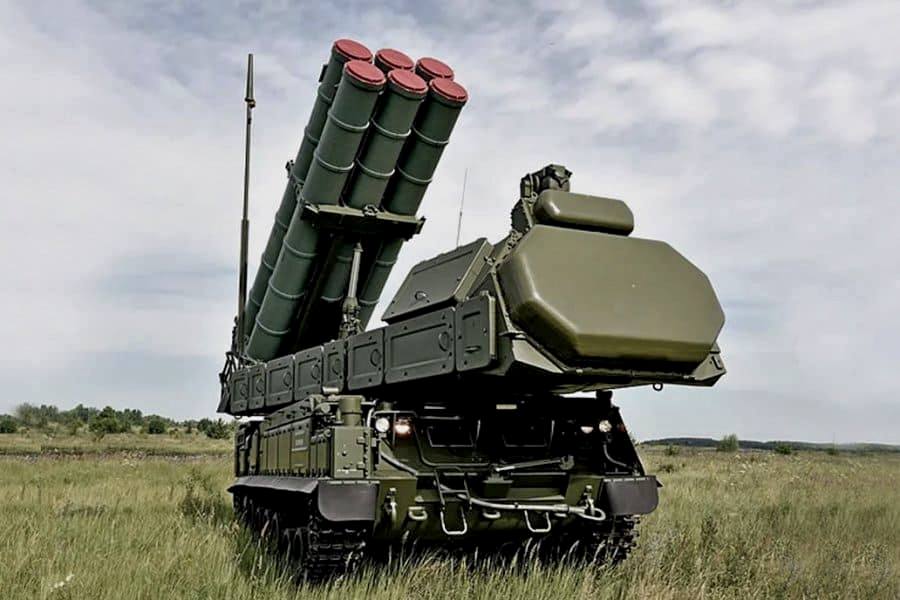
Effective interception of the Ragnarok would necessitate the deployment of fighter jets or more powerful, high-altitude SAMs such as the S-300, S-400, or Buk system. Since the interceptor missiles for these advanced systems undoubtedly cost more than the Ragnarok's $150,000 unit price, and are also harder and slower to manufacture, the missile is a potent economic deterrent. Even systems like the Pantsir-S1 SAM System may encounter difficulty engaging the Ragnarok at its maximum altitude.
Small Warhead, Big Impact
The Ragnarok sacrifices warhead mass for its combination of high speed, low cost, significant range, and high-altitude flight. Its warhead weighs a mere 36 kg, making it relatively small (for comparison, the Iranian Shahed drone carries a 50 kg warhead). However, given the missile's other advantages, this constraint is deemed less critical.
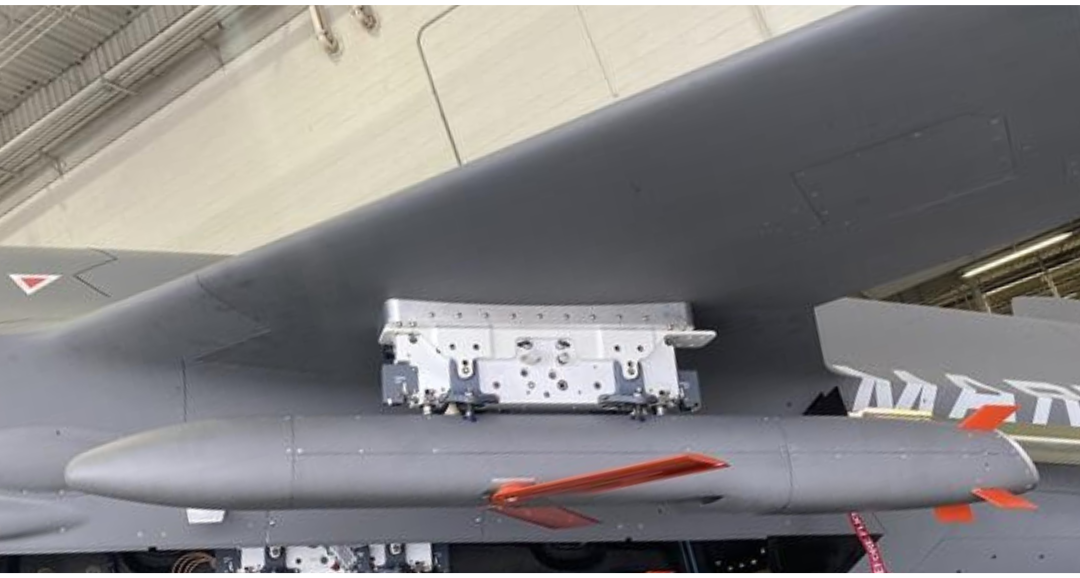
This is due to the potential for saturation attacks. Dozens, or even hundreds, of these missiles could be launched in a single engagement. Even if a portion are intercepted, the required expenditure by the enemy air defense (the shoot-down cost) would be substantial, degrading the air defense shield and clearing the path for more powerful strike assets. If left unintercepted, a large swarm of these small missiles could systematically disable or destroy infrastructure targets.
The Ragnarok is designed for launch from various aviation platforms, most notably the XQ-58 Valkyrie combat drone, which can carry at least four units. Its size is reportedly comparable to the GBU-39 small-diameter bomb, suggesting it can be launched from existing small bomb racks. If true, a single fighter jet could potentially carry several dozen Ragnarok missiles, enabling truly massive saturation strikes with minimal launch forces.
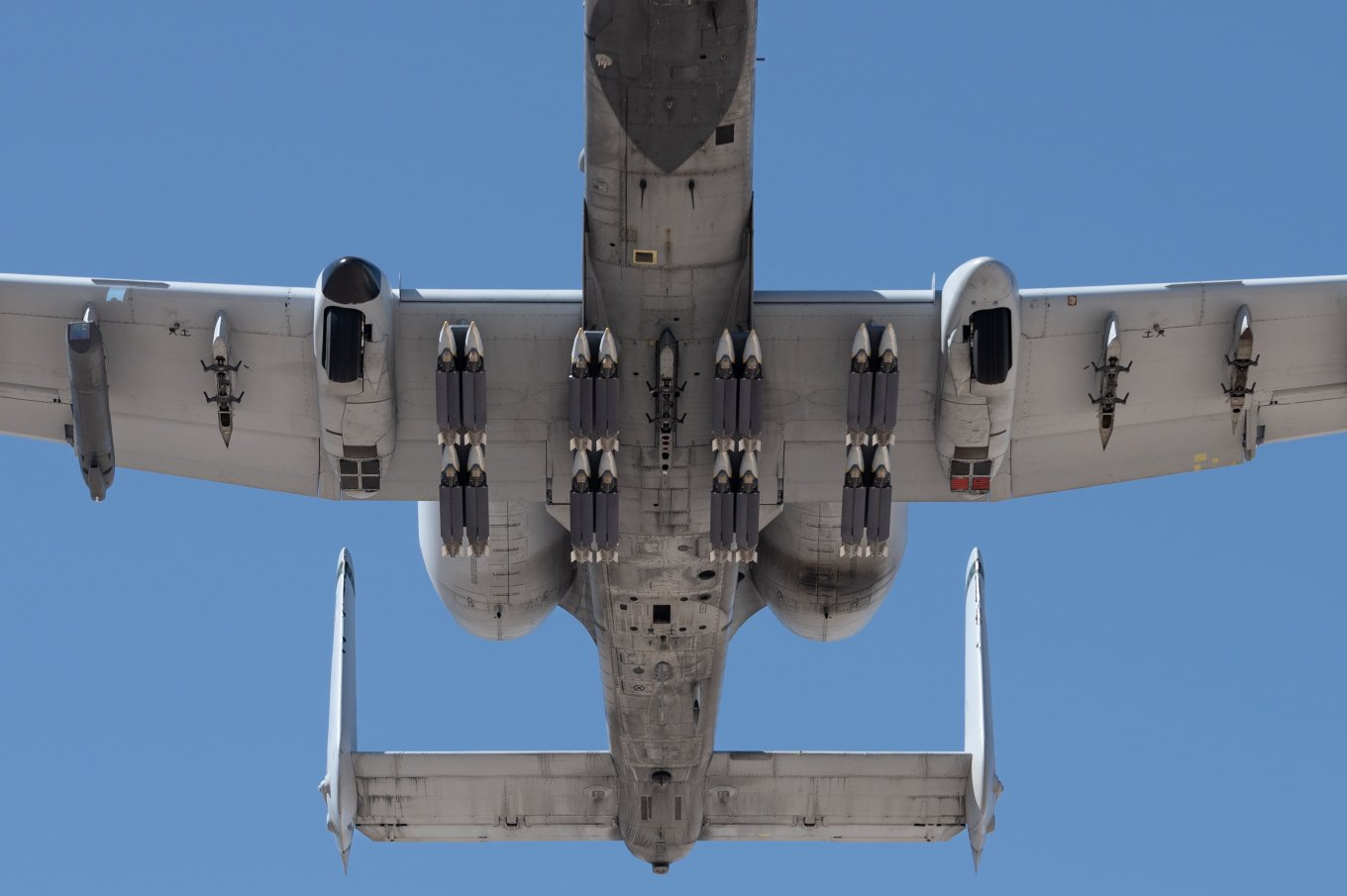
In the context of other affordable long-range drones, it's relevant to mention that the XQ-58 Valkyrie is also slated to launch the Lumberjack cruise missiles. These more closely resemble loitering missile-drones and are designed to carry diverse payloads, ranging from artillery shells to electronic warfare (EW) systems.
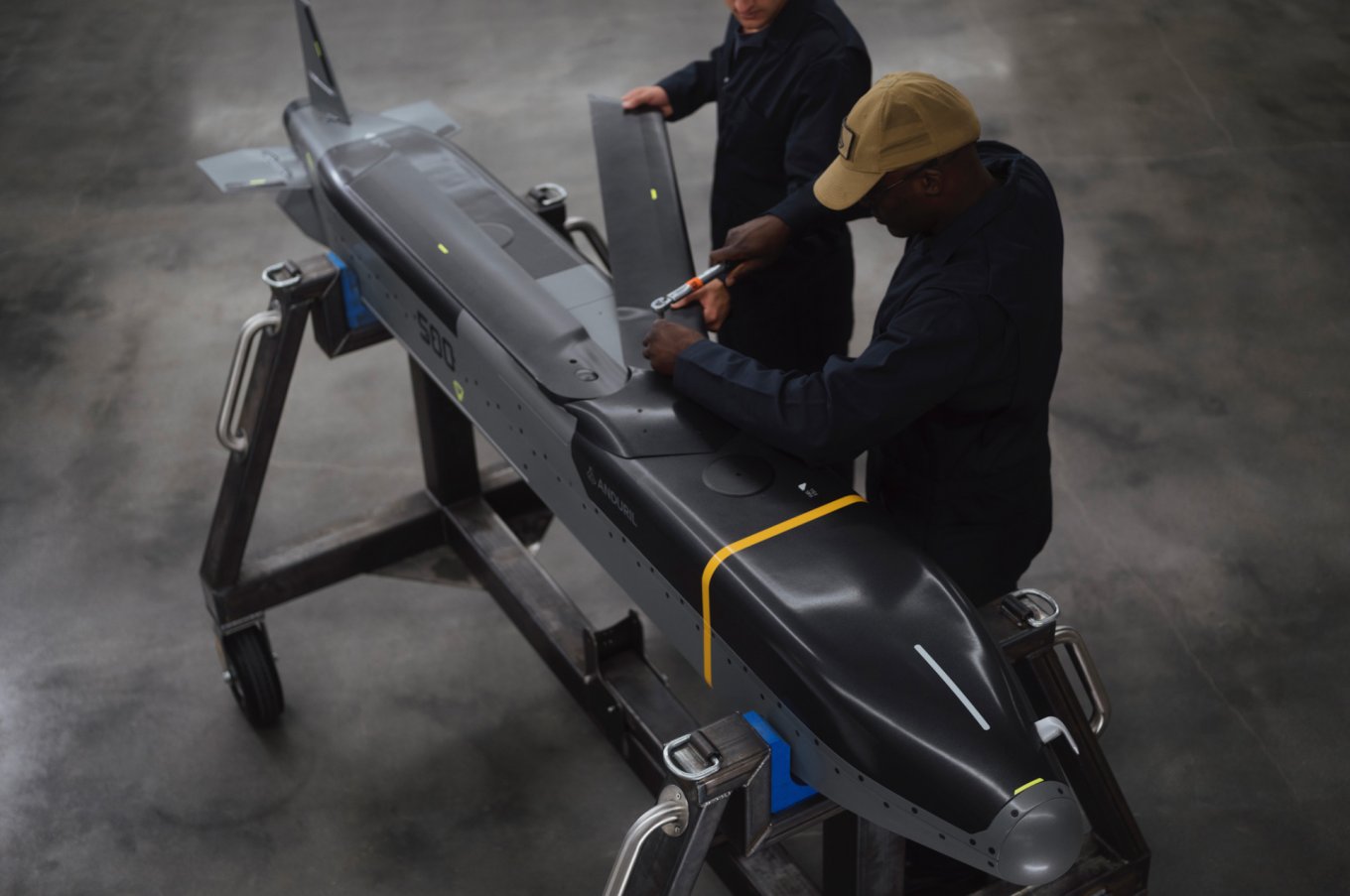
The focus on cheap, long-range missiles with modest warheads also brings to mind the Barracuda family of cruise missiles. This includes the Barracuda-500, which offers the same range and a 45 kg warhead but at a higher cost, up to $216,500, and is currently being deployed by Taiwan.
Read more: With Air-to-Air Missiles, XQ-58A Valkyrie Could Be the Perfect Wingman for F-16s and Other Fighters




